CALGARY, ALTA. – The iconic photo “Lunch atop a Skyscraper” of ironworkers sharing smokes and eating while sitting on a girder of the RCA building hangs in union halls and construction site offices all across North America.
The 11 white men photographed dangling 850 feet above New York’s streets in 1932 have become a symbol of how tough and strong ironworkers are. But the profession and those doing it have changed.
To showcase how diverse the industry has become, Rob Calver, business manager for Ironworkers Local 725 in Calgary and 11 indigenous female ironworkers set up a beam and recreated the famous photo.
“The purpose is the show not just the diversity in our Local, but the diversity within the diversity,” said Calver, who noted the union currently has 30 female members, many of them Indigenous.
Calver explained that much of southern Alberta, where the union often operates, sits on the traditional lands of the Blackfoot Confederacy and is inhabited by three Indigenous tribes: The Blood, The Pikanii, and The SikSika. While all the tribes have members working for signatory Local 725 companies, the union has been working harder to provide opportunities for indigenous people.
“There is a lot of work coming down there and historically not all the people from the land where the projects going have gotten the benefits or apprenticeships,” said Calver. “We are forming partnerships to help them do that. Their pride and abilities marry well with ironworking.”
Local 725 has signed on to do a pre-apprenticeship program beginning in January 2020 on the Pikanii Nation. At the end of the program, all apprentices will be qualified to work on the Grassy Mountain Coal Mine, located on the Nation’s traditional land. The project could begin sometime next year.
But the photo has not been without some controversy.
“I wanted to show that if you look back at the historical picture, it put ironworking on the map, but times have changed,” Calver said. “I’ve gotten some criticism for ‘besmirching’ the classic photo, but these women are all ironworkers – rebar, precast, structure steel, curtain glass.”
He has been firing back at the critics on social media, noting that all ironworkers in the union earned their jobs fairly and many of them have been ironworkers for over a decade.
“This is what I believe: we are diverse and diversity makes us strong. We are not doing this to fill a quota, we just want good ironworkers. When I hit back on criticism of these ladies, I say that they have earned their stripes. These are full ironworkers.”
Calver added that the participation of women and Indigenous people in the trades is growing but is still not high enough yet and it is a change he welcomes.
“Anyone who wants to do this job, we can help them succeed,” said Calver. “Attitude and attendance are the only two things you need. Show you want to be there, and we can teach you the skills of ironworking.”
Calver also praised the Trade Winds to Success program which he credited as an excellent source of diverse ironworkers. The program was established in 2005 by the Joint Training Trust Fund and is partnered with Indigenous community organizations and government funding agencies to provide First Nation, Metis, and Inuit people an opportunity to receive pre-apprenticeship training and shop experience in construction trades.


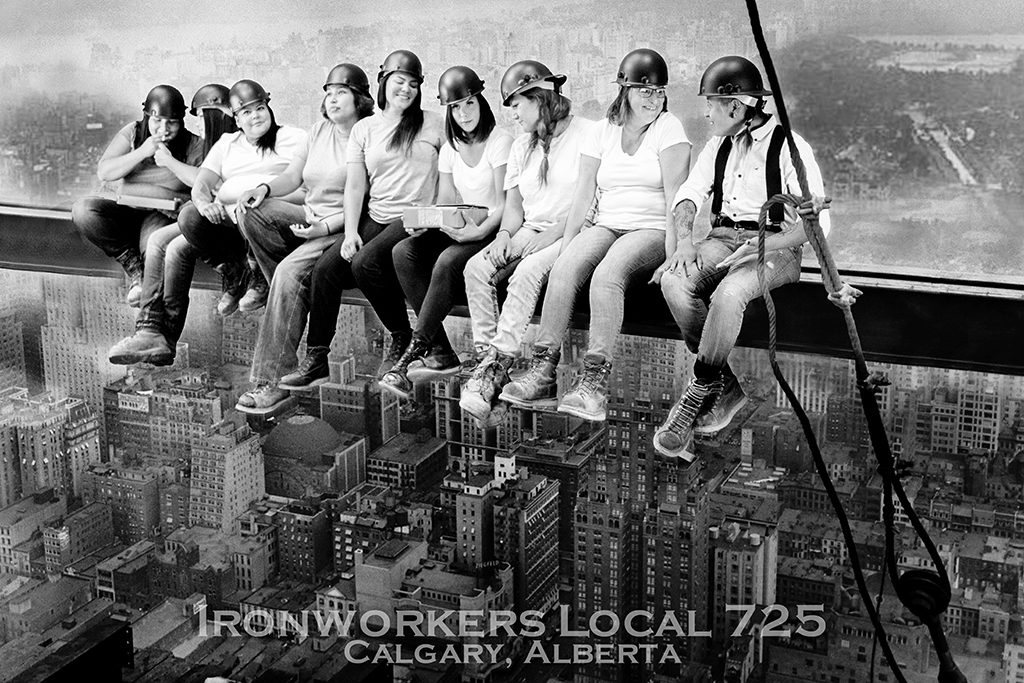


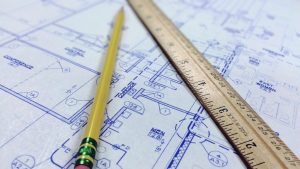
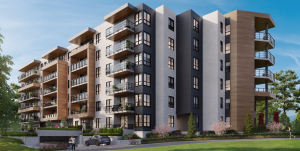
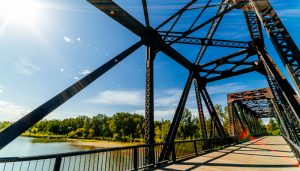
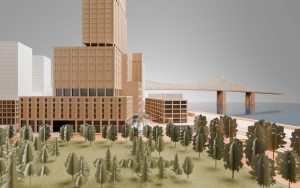


Recent Comments
comments for this post are closed